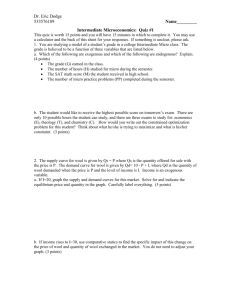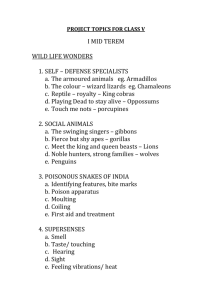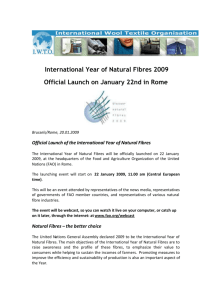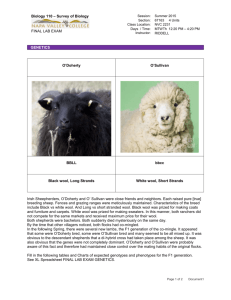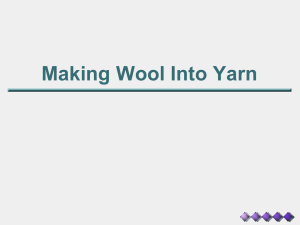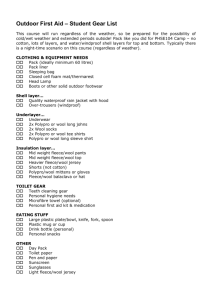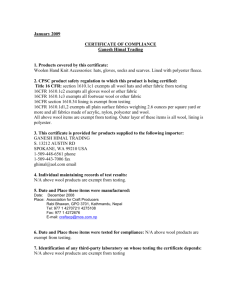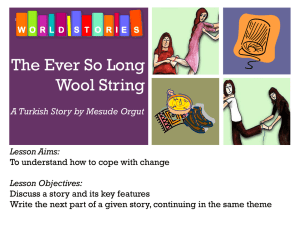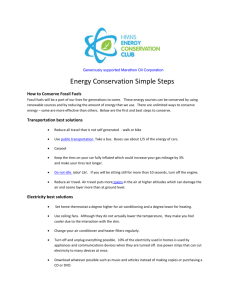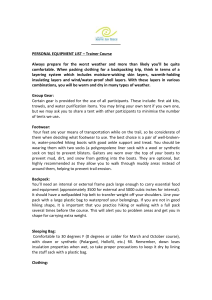project topics for class v
advertisement
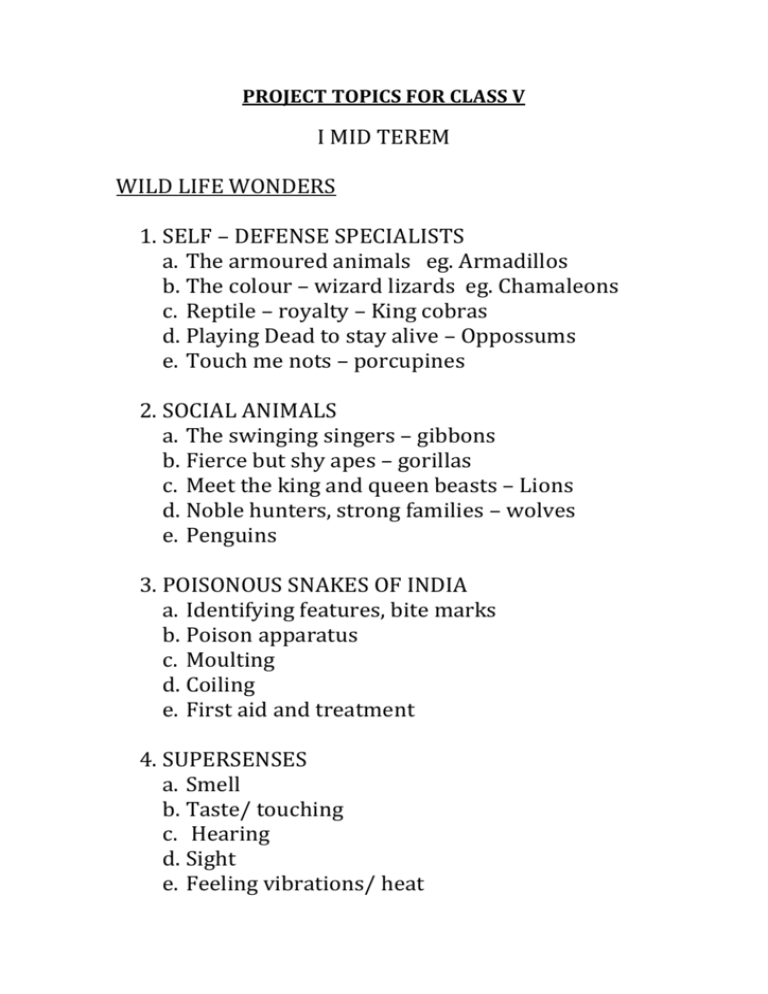
PROJECT TOPICS FOR CLASS V I MID TEREM WILD LIFE WONDERS 1. SELF – DEFENSE SPECIALISTS a. The armoured animals eg. Armadillos b. The colour – wizard lizards eg. Chamaleons c. Reptile – royalty – King cobras d. Playing Dead to stay alive – Oppossums e. Touch me nots – porcupines 2. SOCIAL ANIMALS a. The swinging singers – gibbons b. Fierce but shy apes – gorillas c. Meet the king and queen beasts – Lions d. Noble hunters, strong families – wolves e. Penguins 3. POISONOUS SNAKES OF INDIA a. Identifying features, bite marks b. Poison apparatus c. Moulting d. Coiling e. First aid and treatment 4. SUPERSENSES a. Smell b. Taste/ touching c. Hearing d. Sight e. Feeling vibrations/ heat I TERM 1. MOSQUITOES a. Introduction b. Life cycle c. Diseases caused by mosquitoes d. How mosquitoes spread diseases e. Prevention of breeding of mosquitoes 2. FOOD a. Energy giving food, Body building food Protective food b. Balanced diet c. Food pyramid d. Malnutrition e. Junk food and obesity 3. SPACE a. The big bang b. Galaxies c. Stars and nebulas d. Supernova e. Black hole 4. SOLAR SYSTEM a. Sun b. Planets c. Satellites( types and uses) d. Comets e. Meteorites and asteroids II MIDTERM 1. SEED DISPERSAL a. Definition b. Air c. Water d. Animals e. Explosion f. Necessity 2. CARNIVOROUS PLANTS a. Introduction b. Why they feed on insects. c. Drosera d. Venus fly trap/ Sun dew e. Pitcher plant (with mechanisms) 3. NATURAL DISASTERS- VOLCANO a. Introduction b. Where are they found? c. What causes volcanoes? d. Volcanic eruption e. Volcanic hazards 4. TORNADO a. Introduction b. How are they formed? c. When and where do they occur, how are they measured d. Damages and safety tips e. Any 2 deadliest tornadoes II TERM CONSERVATION 1. Conserve water 2. Conserve forest 3. Conserve electricity 4. Conserve fossil fuel 5. Reuse Reduse Recycle CLASS VI PROJECT TOPICS I MIDTERM 1. CRUELTY TOWARDS ANIMALS FOR HUMAN LUXURY a. Introduction b. Animals killed for fur c. Animals killed for skin d. Government laws to prevent animal cruelty. e. Alternative products 2. FIBRESa. Metal fibres b. Mineral fibres c. Fibre Glass d. Rayon e. Polyester 3. SERICULTURE a. Introduction b. Life cycle of silk worm c. Steps in silk production d. Types of silk e. Uses 4. WOOL FIBRE a. Where does wool come from? b. Properties of wool c. Steps involved in processing of wool d. Types of wool e. Uses I TERM 1. FOOD ADULTERATION a. Introduction b. Adulterants in daily life c. How to detect adulteration in food? d. Hazards e. Steps to prevent adulteration? 2. FOOD PRESERVATION a. Introduction b. Need of food preservation c. Types of preservatives d. Methods of preservation( any 4) 3. STEM MODIFICATIONS a. Tuber b. Rhizomes c. C. Corms d. Bulbs e. Stolons 4. ROOT MODIFICATIONS a. Fleshy taproots b. Tuberous roots c. Prop root d. Stilt roots e. Breathing roots II MIDTERM WORKING MODELS 1. Electric bell 2. Torch 3. Conductivity tester 4. Based on magnetism 5- 8: Habitat diaorama( Plants, animals and their adaptations) Desert Grassland Mountain Fresh water II TERM 1. Reduce, reuse, recycle 2. Plastic- essential evil of society 3. Hydroelectricity 4. Pinhole camera 5. Periscope 6. Model of eye 7. Motion 8. Solar and lunar eclipse
